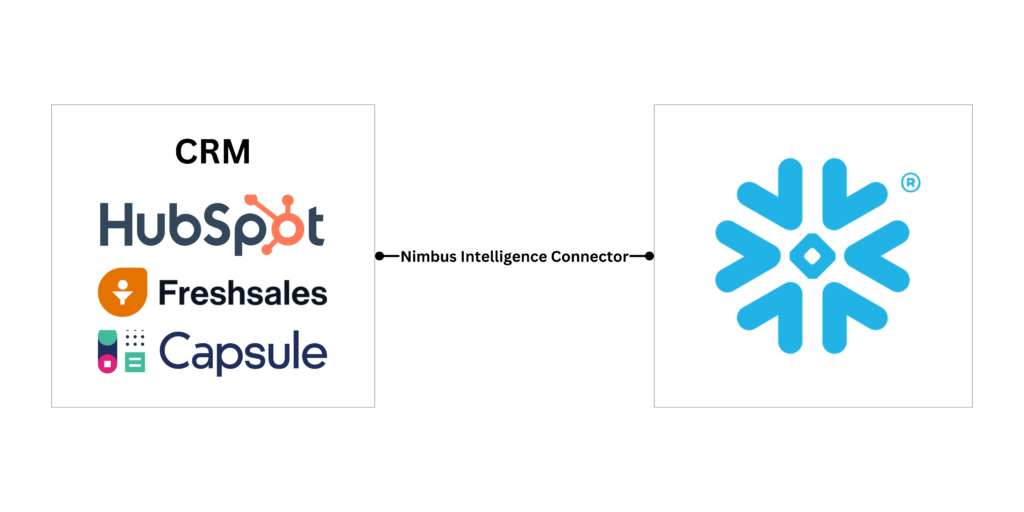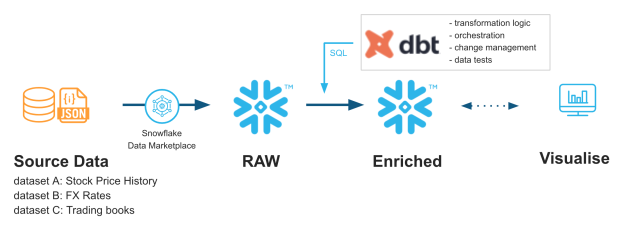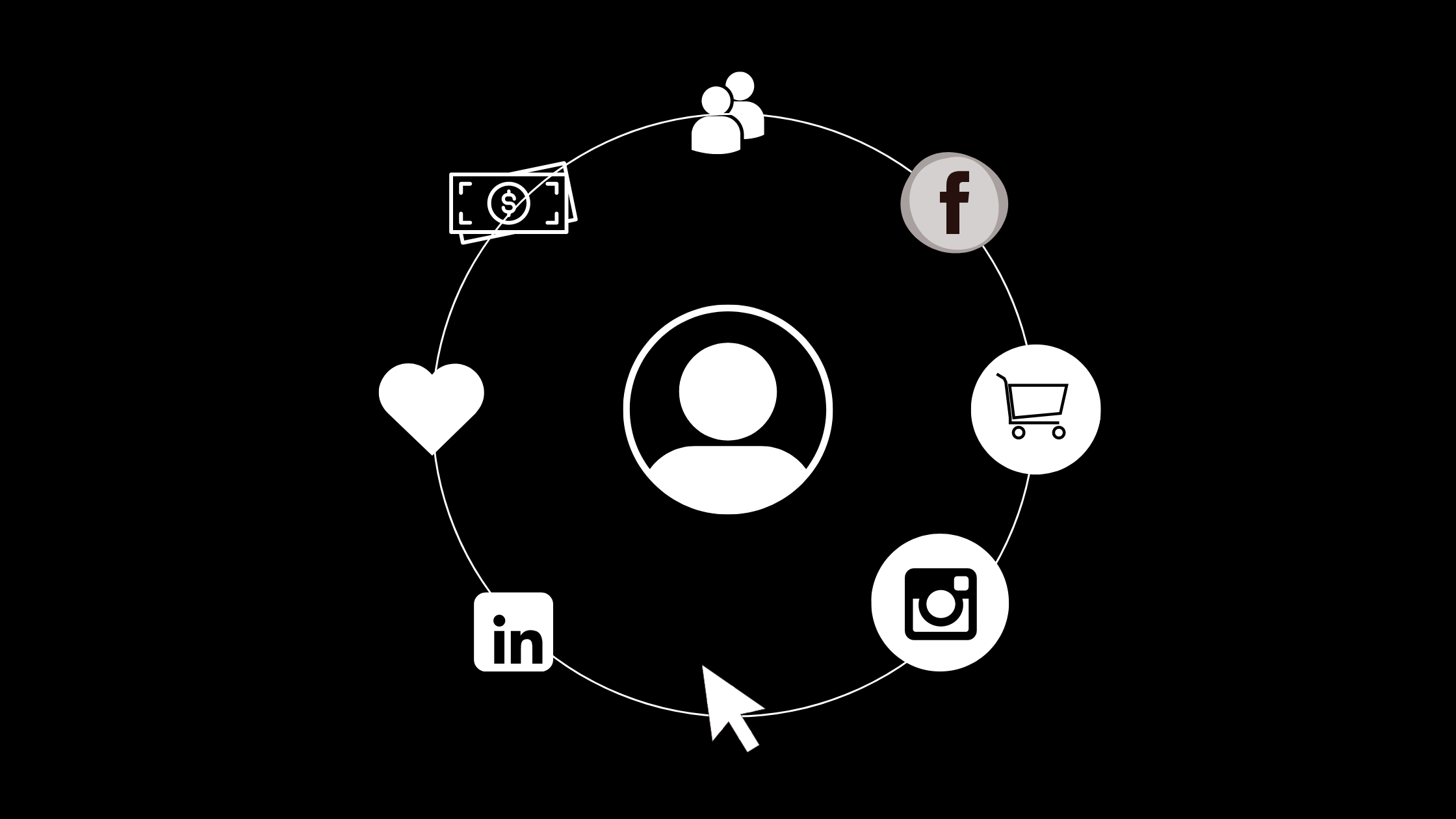First of all, what is a Customer 360? Hint: it’s not a trick one can do on a skateboard or a BMX.
A Customer 360 view is a game-changing asset for businesses that empowers every part of your business to make smarter, more customer-centric decisions.
Imagine having insights in who your customers are, their preferences, and behaviors. That’s the essence of a Customer 360 view. Building a Customer 360 allows you to see the complete picture of each customer’s journey with your brand, from their first interaction to their most recent purchase and everything in between.
The applications are vast and transformative. Building a Customer 360 view, you can craft hyper-personalized marketing campaigns that speak directly to individual needs and desires. You can anticipate customer service issues before they arise, turning potential frustrations into opportunities for delight. Product teams can tap into this data to inform development, ensuring new offerings resonate with your audience.
What do you need for building a Customer 360
Building a Customer 360 view is about creating a unified, actionable view of your customers. To achieve this, you’ll need a few key components:
✅ A CRM system
Think of this as the beating heart of your customer data. A good CRM is a dynamic system that captures and organizes every interaction, preference, and detail about your customers. From basic contact information to complex communication histories, your CRM is the foundation upon which your Customer 360 view will be built.
✅ Event-Level tracker setup
While your CRM captures the big picture, an event-level data setup zooms in on the details. This system tracks the micro-interactions that make up a customer’s journey – every click, every page view, every abandoned cart. These granular insights that add context to your customer profiles, allowing you to understand not just who your customers are, but how they behave.
✅ A Cloud Data Warehouse
With the volume and variety of data you’ll be handling, you need a robust, scalable solution to store and process it all. A cloud data warehouse like Snowflake offers the flexibility and power to handle large datasets securely. A centralized data hub can grow with your business and adapt to your evolving needs. Moreover, a centralized data hub is the single source of truth that breaks through the data silos.
✅ Data Modeling and Orchestration Tool:
Raw data is valuable, but not yet ready to shine. Just like an uncut diamond. A tool like dbt is what helps you clean and transform your data, turning disparate information into cohesive, actionable insights. Moreover, they automate complex data workflows, ensuring your Customer 360 view stays current and reliable with minimal manual intervention.
Step 1: Ingest CRM Data into Your Cloud Data Warehouse
 The journey to building a comprehensive Customer 360 view begins with consolidating your CRM data into your cloud data warehouse. This step is about bringing together all those valuable customer details into one centralized location: Snowflake!
The journey to building a comprehensive Customer 360 view begins with consolidating your CRM data into your cloud data warehouse. This step is about bringing together all those valuable customer details into one centralized location: Snowflake!
Thankfully, the Snowflake Marketplace offers a variety of specialized connectors designed to streamline this process. For instance, Nimbus Intelligence provides connectors for popular CRM systems like Hubspot, FreshSales, and Capsule. These connectors interface directly with your CRM’s API, ensuring data integrity and security throughout the process. They are a direct link between your CRM system and your Cloud Data Warehouse.
The beauty of these connectors is their ability to automate the data import process. Once set up, they’ll faithfully ferry your CRM data into your cloud warehouse on whatever schedule you’ve defined. This means your Customer 360 view is always fed with the latest information.
Step 2: Import Behavioral Data
 While CRM data gives you the ‘who’ and ‘what’ of your customers, behavioral data adds the crucial ‘how’ and ‘why’. This is where you start to see the full picture of your customers’ interactions with your brand across all digital touchpoints.
While CRM data gives you the ‘who’ and ‘what’ of your customers, behavioral data adds the crucial ‘how’ and ‘why’. This is where you start to see the full picture of your customers’ interactions with your brand across all digital touchpoints.
To capture this rich, event-level data, you’ll want to leverage specialized tools designed for behavioral tracking. Platforms like Snowplow, Piwik PRO, Hightouch, and Heap are leaders in this space. Each offers unique features, but they all share the common goal to provide you with detailed insights into how users interact with your digital properties.
These tools can track a wide array of behaviors:
- Website visits and navigation patterns
- Time spent on different pages
- Clicks and interactions with specific elements
- App usage statistics
- Purchase behaviors and cart abandonments
The real magic happens when this behavioral data is combined with your CRM data in your cloud data warehouse. Many of these tracking tools offer native integrations with popular cloud data platforms, making the import process smooth and efficient.
By bringing this behavioral data into your Customer 360 view, you’re adding depth and context to your customer profiles. You’re not just seeing what customers bought – you’re understanding the journey that led them there.
Step 3: Design Your Customer 360 Profile
With your data sources in place, it’s time to design the blueprint of your Customer 360 profile. This is where you define what your ideal customer view looks like: what information it contains, how it’s structured, and what insights it needs to deliver.
Remember, a Customer 360 profile isn’t a one-size-fits-all solution. It should be tailored to your specific business needs and goals. Here are some elements you might consider including:
- Basic Demographics: Age, location, gender – the fundamental attributes that help you understand who your customer is.
- Purchase History and Preferences: What they’ve bought, when, and any patterns in their purchasing behavior.
- Communication Preferences and History: How they like to be contacted, and a record of past interactions.
- Product Usage Data: For SaaS or product-based businesses, how customers are using your offerings.
- Customer Support Interactions: A history of support tickets, resolutions, and satisfaction scores.
- Loyalty Program Status: For businesses with loyalty schemes, this can be a key indicator of customer value.
- Lifetime Value (LTV): A projection of the total value a customer will bring to the business over their lifetime.
- Churn Risk Score: An indicator of how likely a customer is to stop doing business with you.
The key is to think about what data will be most actionable for your business. What information will help the marketing team craft more effective campaigns, the product team to develop better features, the customer service team to provide more personalized support?
Designing your Customer 360 profile is an iterative process. Start with the essentials, and be prepared to refine and expand as you learn more about what data drives value for your organization.
Step 4: Transform and aggregate the data for building you Customer 360

Image taken from the Snowflake Quickstart guide “Accelerating Data Teams with dbt Cloud & Snowflake”
Now it’s time to turn raw data into gold. With your Customer 360 profile designed, it’s time to shape your data to fit this vision. This is where dbt (data build tool) becomes your invaluable data modeling tool.
The process typically involves several key steps, all of which can be orchestrated and automated using dbt:
- Data Cleaning and Standardization: Raw data is often messy. Names might be formatted differently across systems, dates could be in various formats, and duplicates may lurk in your dataset. Using dbt’s SQL-based transformations, you can clean this up, ensuring consistency across all your data sources.
- Data Integration: This is where you bring together data from different sources. With dbt, you can create models that join CRM data with behavioral data, matching records based on unique identifiers like customer IDs or email addresses. Read more about data integration.
- Calculating Derived Metrics: Some of the most valuable insights in your Customer 360 view will be derived from raw data. dbt allows you to create complex calculations like customer lifetime value, or simpler aggregations like total purchases over time, all defined as SQL models.
- Aggregating Event-Level Data: While granular data is valuable, your Customer 360 view often needs summarized insights. dbt can help you create aggregation models, turning daily website visits into monthly engagement scores, or condensing individual purchase events into overall spending patterns.
dbt automates much of this process through its modular approach to data transformation. You’ll define the logic once in SQL models, and dbt will apply it consistently as new data flows in. It also provides features like data testing, documentation, and version control, ensuring your Customer 360 view remains current, accurate, and well-maintained without constant manual intervention.
The end result? A clean, structured, and insightful Customer 360 table that brings together all aspects of your customer data into a single, coherent view. With dbt, this table is a living, breathing part of your data ecosystem, continuously updated and refined as your business evolves.
Activating your newly built Customer 360
Congratulations! You’re done building your Customer 360 view. But a data view, no matter how comprehensive, is only valuable if you put it to work. This is where the real excitement begins – activating your Customer 360 to drive tangible business outcomes.
Here are some powerful ways to leverage your newfound customer insights:
- Personalized Marketing Campaigns: With a deep understanding of each customer’s preferences and behaviors, you can craft marketing messages that truly resonate. Imagine sending product recommendations based not just on past purchases, but on browsing history, style preferences, and even the time of day they’re most likely to engage.
- Predictive Analytics for Churn Prevention: By analyzing patterns in your Customer 360 data, you can identify early warning signs of customer churn. This allows you to proactively reach out to at-risk customers with targeted retention offers or specialized support.
- Tailored Product Recommendations: Use your comprehensive customer profiles to suggest products or services that align perfectly with each customer’s needs and preferences. This not only increases sales but also enhances the customer experience by showing them you understand their needs.
- Enhanced Customer Support: Arm your support team with a full view of each customer’s history, preferences, and potential pain points. This enables them to provide more empathetic, informed, and effective support, turning potential frustrations into opportunities for building loyalty.
- Sophisticated Customer Segmentation: Move beyond basic demographic segmentation to create nuanced customer groups based on behavior, value, and needs. This allows for more targeted marketing efforts and product development strategies.
Remember, the key to successful activation is continuous refinement. Regularly analyze the results of your efforts and use these insights to further fine-tune your Customer 360 view and activation strategies.
Security Considerations when building a Customer 360
In the age of data breaches and stringent privacy regulations, security is a fundamental aspect of building a Customer 360 strategy. By centralizing your data in a robust cloud data warehouse like Snowflake, you’re already taking a significant step towards enhanced security.
Here are some key security features to leverage:
- End-to-End Encryption: Ensure your data is encrypted both in transit and at rest. This means that even if unauthorized parties gain access to your data, they won’t be able to read it.
- Role-Based Access Controls: Implement granular access controls to ensure employees only have access to the data they need for their specific roles. This minimizes the risk of internal data misuse and helps maintain customer privacy.
- Data Masking: For sensitive information like social security numbers or credit card details, use data masking techniques. This allows you to use the data for analysis without exposing the actual values.
- Comprehensive Audit Logging: Keep detailed logs of who accesses what data and when. This not only helps in identifying any suspicious activity but is also crucial for compliance with various data protection regulations.
- Compliance Features: Ensure your data handling practices align with relevant industry standards and regulations such as GDPR, CCPA, or HIPAA. Many cloud data warehouses offer specific features to help maintain compliance.
Remember, security is an ongoing process. Regularly review and update your security measures, conduct audits, and stay informed about the latest security best practices and threats in the data management landscape. Read how you can enhance the security of your Snowflake account.
Data Freshness
When building a Customer 360, data freshness can make the difference between an insight and a missed opportunity. However, maintaining up-to-the-minute data across your entire customer base can be resource-intensive. The key is finding the right balance between data freshness and operational efficiency.
Consider a tiered approach to data freshness:
Real-Time Updates
Reserve this for critical, fast-moving data points that directly impact immediate decision-making. This might include current session data for customers on your website or app, or real-time inventory levels for e-commerce businesses.
Daily Updates
For most customer interactions and transactional data, daily updates often provide a good balance between freshness and efficiency. This ensures your view is current enough for most marketing and service activities without overloading your systems.
Weekly or Monthly Updates
Some data points change less frequently and don’t require constant updating. This might include demographic information, long-term preferences, or aggregated behavioral scores.
When determining your update frequency, consider:
- The nature of your business: A fast-paced e-commerce site might need more frequent updates than a B2B service provider.
- Use cases: If you’re using the data for real-time personalization, you’ll need more frequent updates than if you’re doing monthly strategic analysis.
- Cost considerations: More frequent updates generally mean higher computational and storage costs. Ensure the benefits justify the expense.
- Data volume: The sheer amount of data you’re handling can impact how often you can feasibly update your entire Customer 360 view.
Remember, data freshness isn’t just about how often you update – it’s also about how quickly you can access and act on that data. Ensure your systems are optimized not just for frequent updates, but for rapid data retrieval and analysis.
By thoughtfully balancing these factors, you can create a Customer 360 view that’s both comprehensive and current, providing timely insights without breaking the bank.
In conclusion, building a Customer 360 view is a journey that requires careful planning, the right tools, and a commitment to ongoing refinement. But the destination is worth it: a deep, actionable understanding of your customers that can transform every aspect of your business.
Start small, think big, and always keep your customers at the heart of your data strategy. With this approach, you’ll be well on your way to creating a Customer 360 view that drives real business value.
A word about cookies 🍪🍪🍪
As we discuss data collection methods, it’s crucial to address a significant shift in the digital landscape: the deprecation of third-party cookies. Major browsers (Chrome above all) are phasing out support for third-party cookies, which have long been a staple for tracking user behavior across different websites.
This change presents both challenges and opportunities for businesses building a Customer 360 view:
Challenges:
- Reduced ability to track users across different websites
- Limited cross-site targeting capabilities
- Potential decrease in the breadth of data available for customer profiles
Opportunities:
- Increased focus on first-party data collection
- Greater emphasis on building direct relationships with customers
- Enhanced privacy practices that can build customer trust
In light of these changes, your Customer 360 strategy should prioritize first-party data collection methods:
- Encourage user registration and login: This allows you to collect data directly from your customers.
- Leverage your own platforms: Maximize data collection from your website, mobile app, and other owned digital properties.
- Implement a Customer Data Platform (CDP): CDPs can help unify first-party data from various sources, creating a more comprehensive customer view.
- Explore contextual targeting: Instead of relying on user-specific data, focus on the context in which your content or ads appear.
- Invest in data clean rooms: These secure environments allow for data analysis without exposing individual user data, enabling collaboration with partners while maintaining privacy.
By adapting to this new reality and focusing on first-party data, you can continue to build a robust Customer 360 view while respecting user privacy and adhering to evolving regulations. Remember, the quality of your data and the strength of your direct customer relationships will become increasingly important in this new era of digital marketing.






